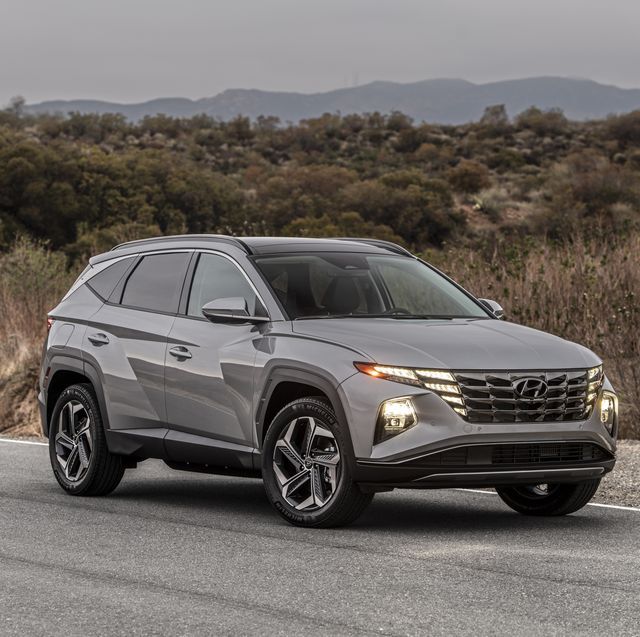Any car can leave you stranded. A dead battery, no matter how modern your vehicle is, can bring everything to a halt. And in that moment, when you’re fishing around the engine bay for the jump-start terminals, simplicity—or the lack of it—can make or break your day.
As an automobile addict who’s jump-started everything from rusty classics to state-of-the-art hybrids, I’ve come to value smart terminal access more than horsepower on certain days.
Some manufacturers understand this pain and engineer easily accessible, clearly marked terminals. Others? They bury them like treasure chests under layers of plastic cladding.
This blog is all about jump-start convenience—an often overlooked aspect of car ownership. We’re diving deep into five cars that make jump-starting effortless and five that make you want to scream into your hood. Whether you’re a DIY enthusiast, a roadside savior, or just someone who doesn’t want to lose their mind in a parking lot during winter, this list is for you.
I’ve selected these models based on hands-on experience, mechanic insights, and owner frustrations (and praises) across multiple forums and garages. It’s not just about visibility—it’s about accessibility, design logic, and how each brand handles the battery terminal layout in real-life situations.
5 Cars With the Simplest Jump-Start Terminals
Some cars treat you with the respect you deserve when you’re stranded. These five models offer straightforward, front-and-center jump-start terminals, often with helpful labels or dedicated posts. Designed with real-world situations in mind, they take the guesswork out of a dead battery and show true automotive practicality in their engineering. Let’s salute these user-friendly battery access heroes.
ALSO READ: 5 Sedans Whose Interiors Resist UV Fade and 5 Whose Dash Cracks
1. Toyota Camry (2018–2024)
If there’s one car that’s always thinking ahead, it’s the Toyota Camry. Known for reliability and practicality, it doesn’t fall short in the battery department either. Toyota places the jump-start terminal on the passenger side under the hood, right up top with a red cover that’s impossible to miss. Even better? It’s clearly labeled, and you don’t need to remove the battery cover or shift components around to access it.
For drivers dealing with winter mornings or nighttime emergencies, this kind of visibility and accessibility matters. You pop the hood, and there it is. No need for a flashlight hunt or an online manual. Toyota designed the Camry with daily life in mind, not just sleek lines and fuel economy.

Mechanics love it, too. In fact, many independent garages note how fast the Camry is to jump or charge, especially when compared to similarly priced sedans. Add to that a durable terminal bracket, corrosion-resistant materials, and you’ve got a car that actually wants to help you fix it, not frustrate you.
From an enthusiast’s lens, this is everyday engineering done right. It’s the little conveniences—like proper battery terminal accessibility—that turn a good car into a great one. The Camry, without a doubt, deserves its spot on this list.
2. Ford F-150 (2015–2023)
The Ford F-150, America’s best-selling truck, doesn’t just impress with muscle and towing—it’s smart where it matters. Ford’s engineers kept practicality front and center, and it shows in their jump-start terminal placement. Right beside the engine block, mounted high and clear, the positive terminal is labeled and capped, while the negative point is conveniently grounded to the frame nearby.
Ford even includes step-by-step guidance in their owner’s manual and on the terminal cap itself. No toolboxes, no plastic maze to navigate—just pop the hood and connect. For such a beast of a truck, this ease of access is refreshing and thoughtful.
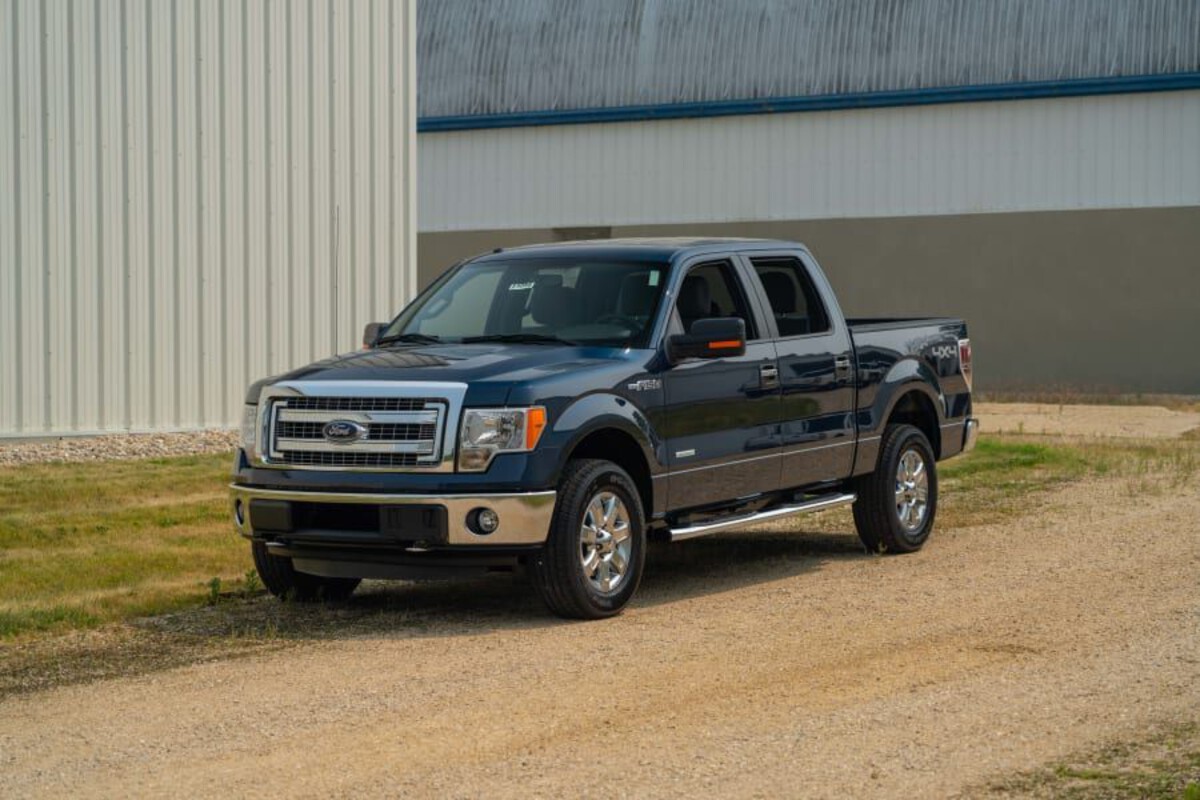
Whether you’re helping a stranded sedan or powering up your own battery on a sub-zero morning, the F-150 is built for it. Truck guys like me know that half the battle is visibility and reach, especially if you’re working in a snowstorm or roadside mud. The F-150 makes sure you’re not guessing or stretching uncomfortably over hot engine parts.
Even aftermarket battery replacements are smooth because of the clean, accessible terminal layout. If you want a truck that thinks like a mechanic, the F-150 is it. It’s not just power—it’s functional power, and it’s incredibly well-executed.
3. Subaru Outback (2017–2024)
Adventure doesn’t wait for perfect battery conditions. That’s why the Subaru Outback is such a standout—it’s built for rugged trails, unpredictable climates, and… dead batteries. Subaru keeps it real with open-access jump-start terminals that are neatly positioned on the driver’s side under the hood, without a cover that requires tools or luck to open.
For off-roaders and long-distance travelers like me, this is a lifesaver. When you’re miles from civilization with a weak battery or alternator hiccup, speed and ease of connection can be everything.
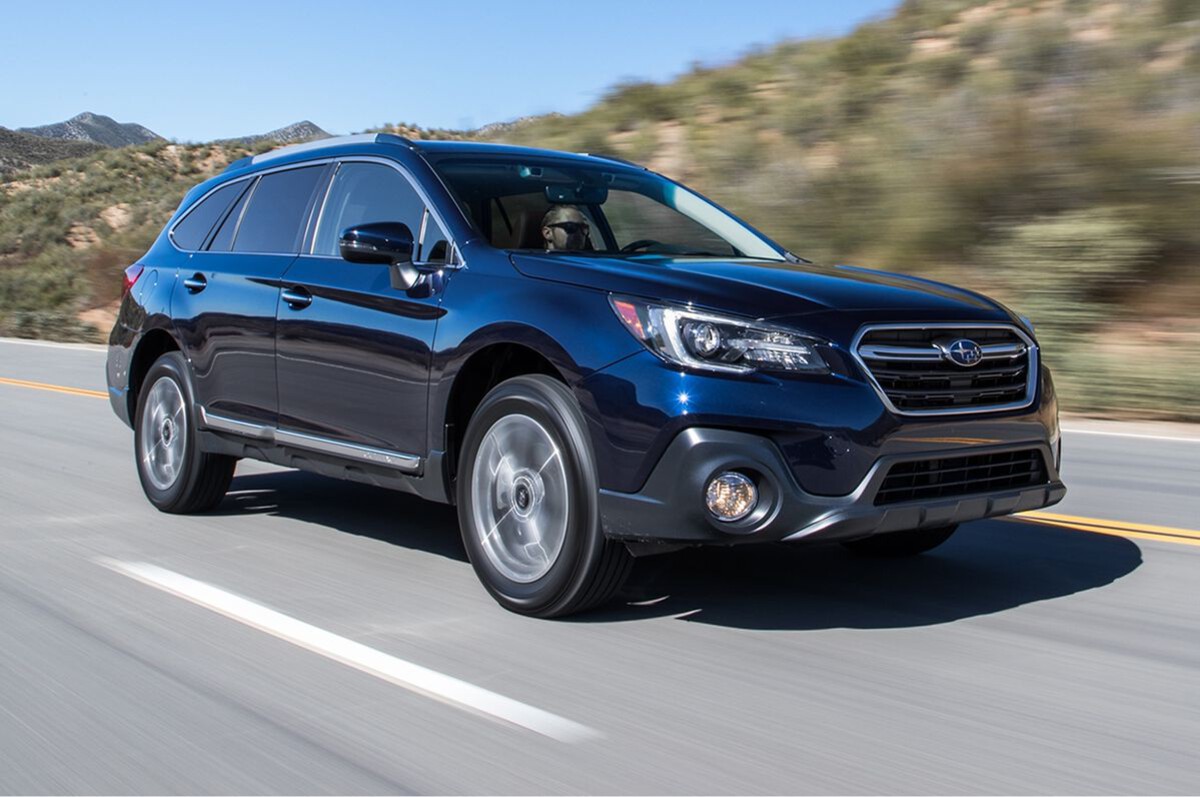
Subaru even ensures the terminals are raised, making it easy to attach jumper cables without squeezing or angling.
Many owners report how they were able to assist others in seconds or get going with portable jump packs quickly. The terminals are weather-resistant, well-marked, and integrated into the car’s design without sacrificing under-hood real estate.
It’s a testament to Subaru’s outdoor DNA. It’s not just about AWD or ground clearance—it’s about readiness for emergencies, and the Outback delivers. In a market where most crossovers overthink aesthetics and ignore utility, the Outback stands proud.
So if you want user-friendly jump-starting in a rugged package, you can trust this wagon to get you back on the road without a wrestling match under the hood.
4. Chevrolet Tahoe (2016–2023)
The Chevrolet Tahoe might be a big brute, but it treats your battery like a VIP. Unlike many SUVs that tuck the battery beneath the seat or way back in the engine bay, the Tahoe makes life easy. It offers a dedicated under-hood jump-start post that’s accessible from the front, cleanly labeled, and even designed with gloves-on access in mind.
This is no small detail in a full-size SUV. When you’re jump-starting or getting help in tight quarters, you don’t want to crawl around or unscrew panels. Chevrolet understands this and delivers a layout that respects the DIY driver.
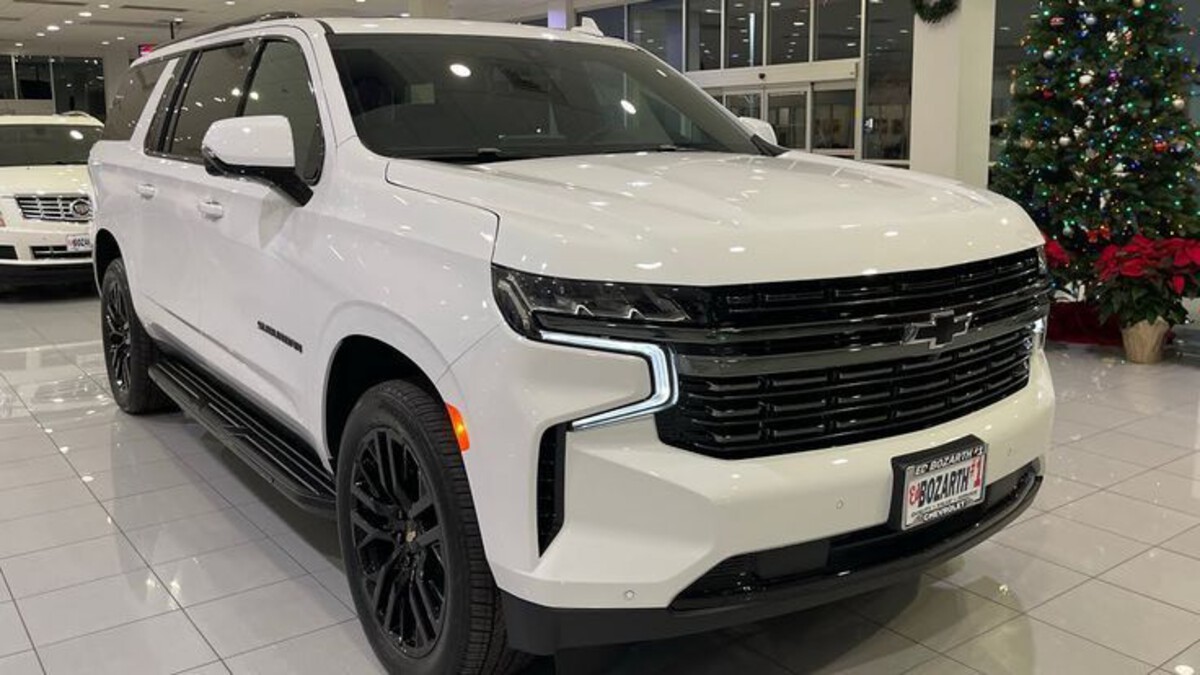
Plus, it’s made of quality copper fittings and solid mounts that can take multiple jump-starts without degrading.
Mechanics often praise GM’s foresight here, and I’ve personally jump-started a Tahoe in a blizzard without needing to look anything up. The positive terminal even has a red flip-up lid and insulation—a tiny but brilliant touch for safety.
From emergency prep to real-world reliability, the Tahoe’s jump-start game is strong. It balances function with form, never asking you to fumble or figure it out. That’s what a real utility vehicle should do.
5. Honda Accord (2016–2022)
Honda has always had a reputation for user-centric design, and the Accord keeps that flag flying with incredibly intuitive jump-start terminals. On the driver’s side, the battery sits right upfront, with bold red markings on the positive terminal and a strong grounding point nearby. Everything is within reach and doesn’t require prying apart any covers.
This is especially helpful when your nerves are already shot after a battery failure. You can pop the hood, make your connection, and be on your way in minutes. The layout is both mechanic-friendly and first-timer-safe, reducing any confusion in high-stress moments.
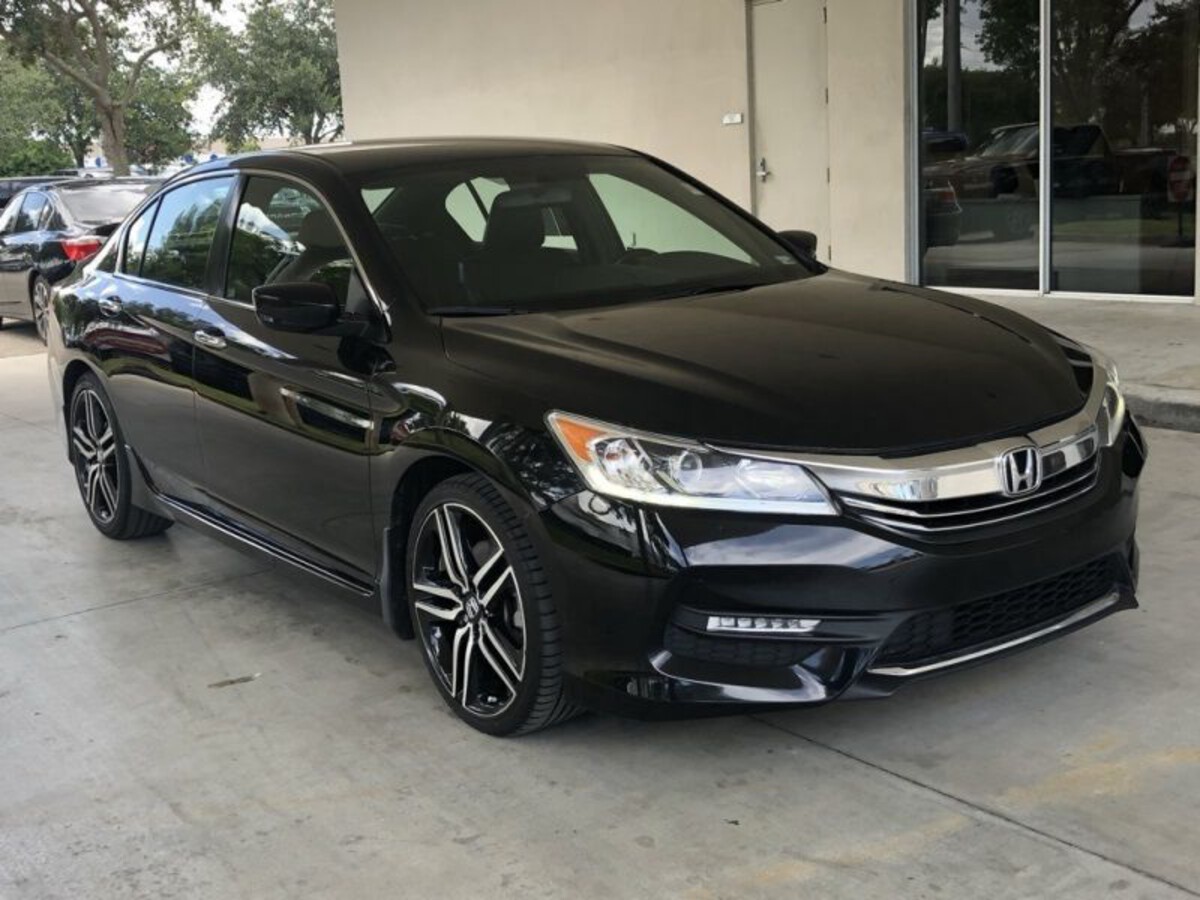
In many forums, Accord owners praise how easy it is to use portable jump packs on their models, especially in tight parking spots or late-night scenarios. There’s no second-guessing the battery orientation or fumbling with random clips.
As someone who’s had to jump an Accord mid-rainstorm, I can vouch for its practicality. It’s exactly what you want when you’re not in the mood to deal with a stubborn terminal cover. This car respects your time and patience.
Honda nails the trifecta: function, visibility, and foolproof usability. The Accord proves that great cars don’t just run well—they’re easy to get running again.
5 Cars That Hide Their Jump-Start Terminals
Not all cars are so kind. Some hide their jump-start terminals under layers of panels, clamped in awkward corners, or worse, tucked into spots that demand a YouTube tutorial to find. Whether it’s poor design, luxury-focused aesthetics, or hybrid complexities, these five vehicles can turn a simple jump-start into a major operation.
ALSO READ: 5 Pickups with the Most Tolerant Tow-Hitch Heights and 5 Requiring Adapters
1. BMW 3 Series (2015–2023)
BMW may build driving machines, but when it comes to jump-start terminals, they hide behind luxury like a secret. In the 3 Series, the battery isn’t even under the hood—it’s in the trunk, buried under panels, carpet, and tools. Sure, there’s a designated jump post under the hood, but finding it takes a moment (or five).
To make matters trickier, the hood layout is tight. If you don’t already know what you’re looking for, you’re out of luck unless you consult the manual or an online diagram.

The jump post is small, tucked to the side, and lacks the visibility or ease you’d expect from a premium car.
It’s baffling how a brand that focuses so much on driver experience doesn’t prioritize emergency practicality. BMW clearly expects most owners to rely on roadside assistance. But for those of us who enjoy solving our own problems? It’s frustrating.
While you’ll love the turbocharged power and rear-wheel-drive thrills, be prepared for a learning curve when your battery’s flat. And if you’re helping someone else in a 3 Series, good luck explaining the terminal situation while rain pours down.
2. Tesla Model 3 (2017–2024)
The Tesla Model 3 is sleek, smart, and loaded with futuristic tech—but when it comes to something as basic as a jump-start terminal, it’s a frustrating puzzle. First, remember: this is an EV, so its 12V battery doesn’t power the motor, but it’s still critical for booting up the car’s systems.
So where’s the terminal? The frunk (front trunk) needs to be opened electronically. But what if the 12V battery is dead? You literally can’t open the hood… until you manually pop it using an external power source to the hidden charge points behind the tow eye cover in the front bumper.
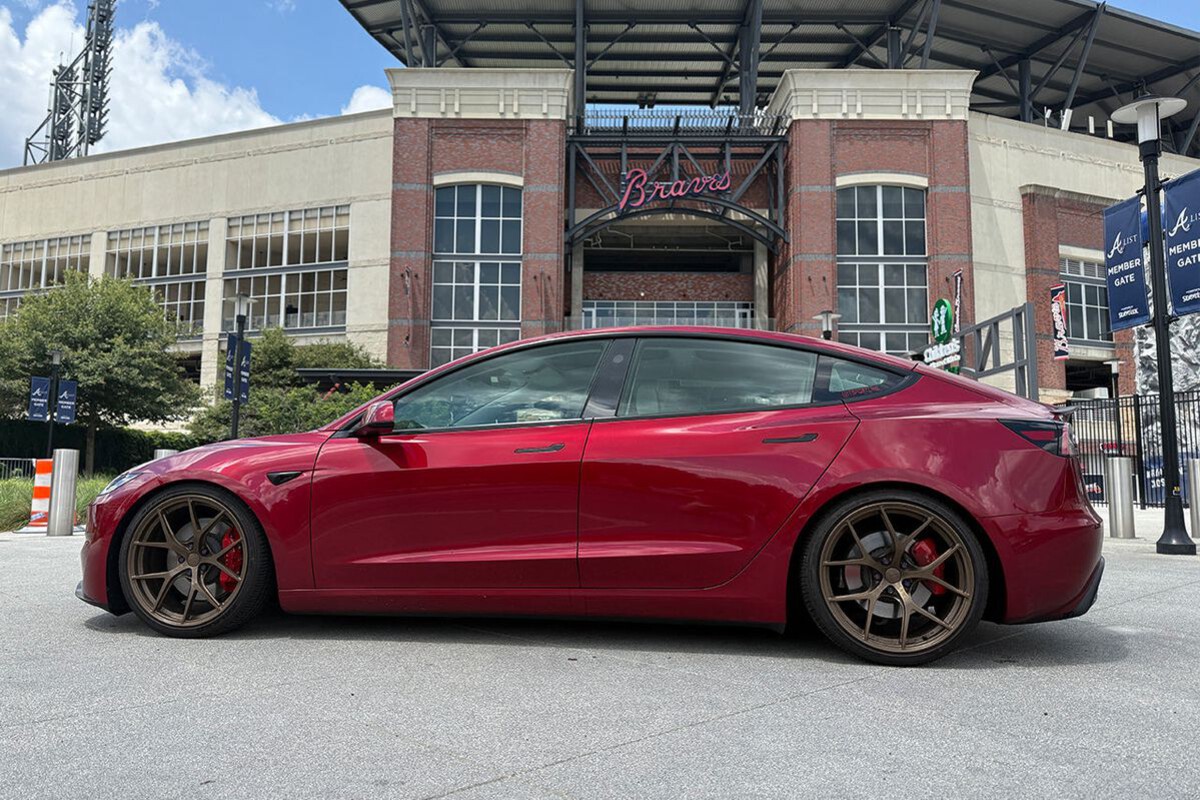
You read that right: you need to jump the jump point to access the jump-start terminals.
It’s a bizarre loop. If you’re not familiar with the process—and most Model 3 owners aren’t until it happens—you’ll be stuck Googling in a panic. Tesla’s design, while innovative, clearly favors aesthetics and sealed compartments over mechanic-friendly logic.
This is one of those cars that looks space-age but makes you miss the simplicity of a traditional hood latch and a big red battery terminal. The Model 3 might be the future, but in this regard, it’s hiding from the very basics.
3. Chevrolet Malibu (2016–2022)
The Chevrolet Malibu is a mid-size sedan that forgets the needs of real-world emergencies. For a car marketed to commuters and families, it does a poor job of making the battery—or even the jump-start post—accessible. The actual battery is placed deep into the engine bay, squeezed behind structural components and air ducts. It’s not just tight—it’s annoying.
Chevy does include a jump-start terminal, but it’s not marked, and it’s not intuitive unless you’ve read the manual. You’ll often find yourself poking around, wondering if you’re about to touch the wrong connection. For first-timers or those in a hurry, it’s a nerve-wracking experience.
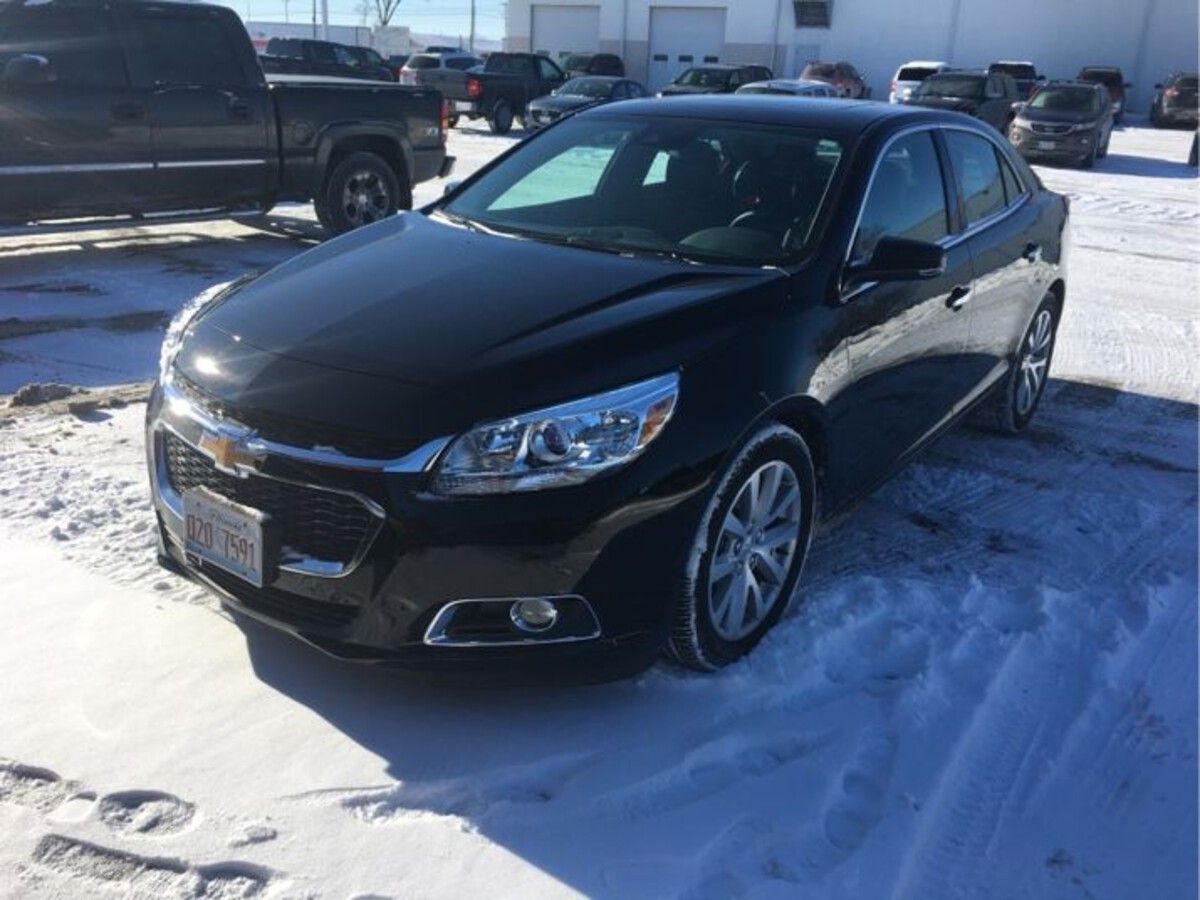
I’ve personally had to help a stranded Malibu owner in a mall parking lot, and even with experience, it took me a good five minutes to identify the contact points. The lack of simple labeling and poor visibility make it feel like an afterthought.
Designers may have prioritized cabin space or sleek under-hood insulation, but in doing so, they sacrificed basic user-friendliness. This car proves that not all affordable sedans are created equal, especially when the jumper cables come out.
4. Volkswagen Tiguan (2018–2024)
Volkswagen often prides itself on “precision engineering,” but sometimes that precision feels more like a puzzle. The VW Tiguan, for example, hides its jump-start terminals in a way that confuses even seasoned car people. The battery is stuffed far back under the hood and partially covered by a plastic cowling. You have to pry up covers and angle yourself weirdly just to make contact.
And even then, the positive terminal sits awkwardly behind the fuse box, often requiring long jumper leads to reach it properly. It’s frustrating, especially because other VW models (like the Golf) do it better.

The Tiguan’s setup feels like an oversight, particularly in snowy or low-light situations where time and access matter.
While VW provides decent documentation, it doesn’t excuse the real-world clumsiness of the layout. No one wants to fumble through a 5-step process just to jump-start. Add in the tight battery clamps and fragile clips, and you’ve got a car that demands too much from a simple fix.
The Tiguan may offer premium interiors and turbocharged efficiency, but its poor terminal visibility makes it less friendly for roadside issues. Not exactly the European confidence one expects from a brand with such heritage.
5. Jeep Grand Cherokee (2015–2021)
The Jeep Grand Cherokee looks like it’s ready for anything. Mud, mountains, snow—you name it. But dead battery? Good luck. You’d think such a robust SUV would make jump-starting a breeze, but Jeep decided to stash the battery under the passenger seat. Yup—not under the hood.
Instead, the Grand Cherokee has a remote jump-start terminal under the hood. While this sounds helpful, it’s not clearly marked, and many first-time owners don’t even know it exists. Worse, it’s set deep into the bay and often blocked by hoses or covers, making it more of a scavenger hunt than a utility feature.
This is one of those “are you serious?” moments. Jeep built a go-anywhere vehicle that turns into a garage nightmare the moment the battery dies.
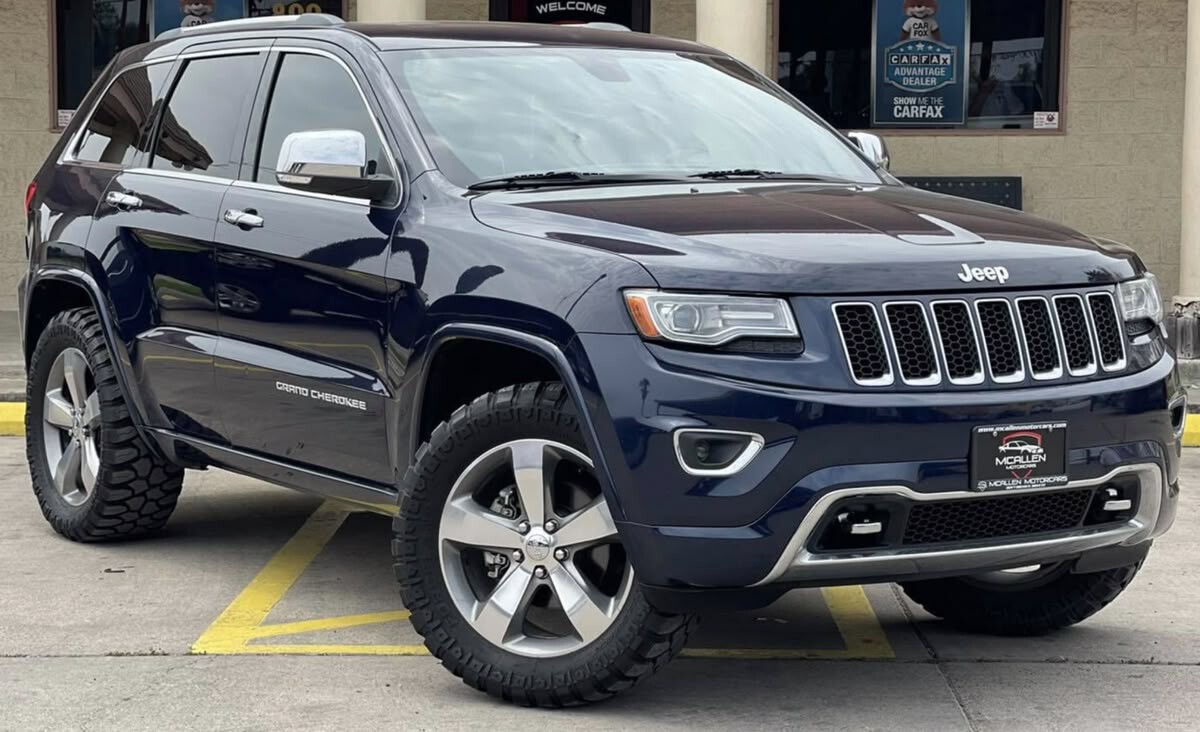
Sure, the under-seat location helps balance weight and protect the battery from heat, but what about basic usability?
From an off-roading addict’s point of view, it’s disappointing. You could be miles away from help, and something as trivial as a poor terminal location could ruin the day. Jeep’s off-road legacy is legendary, but they need to carry that toughness into the details, like accessible battery jump terminals.
When it comes to car battery accessibility, not all vehicles are created equal. While some manufacturers prioritize real-world usability with clearly marked and accessible jump-start terminals, others bury them beneath layers of engineering complexity and design-focused covers. And as any automobile enthusiast will tell you, when you’re out in the cold or stuck with a dead battery, you need clarity, not complications.
Cars like the Toyota Camry, Ford F-150, and Subaru Outback remind us that good design isn’t just about aesthetics or performance—it’s about thinking of the driver in every situation. On the flip side, vehicles like the BMW 3 Series and Tesla Model 3, while technologically advanced, fall short where it counts when emergencies strike.
As more electronics and hybrid systems enter the scene, the importance of accessible battery terminals grows. Whether you’re an off-roader, a daily commuter, or someone who just likes being prepared, understanding this under-the-hood detail can save time, frustration, and even a tow bill.
So, before you buy or borrow, pop the hood. Because sometimes, the real story of a car isn’t in the brochure specs—it’s in how easily you can bring it back to life.

